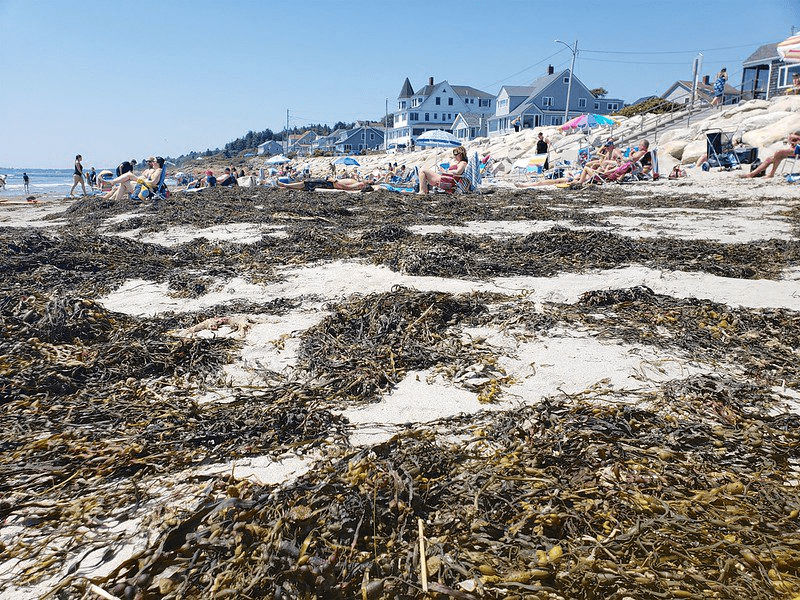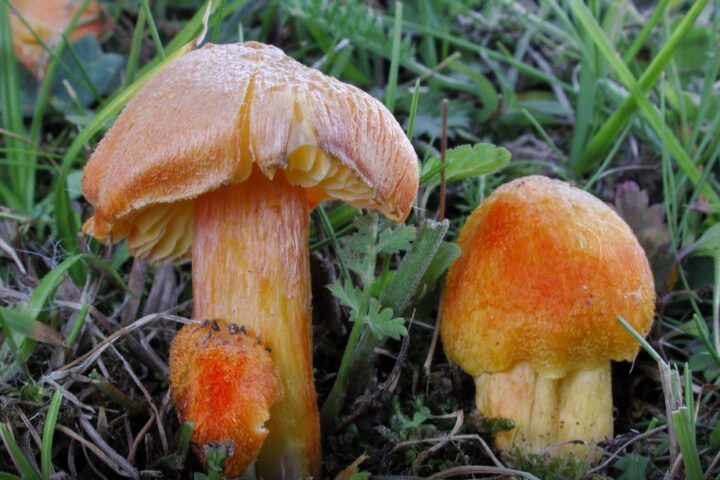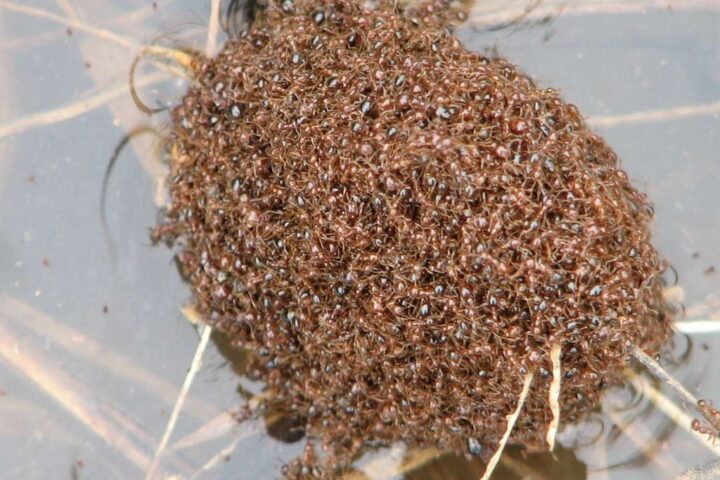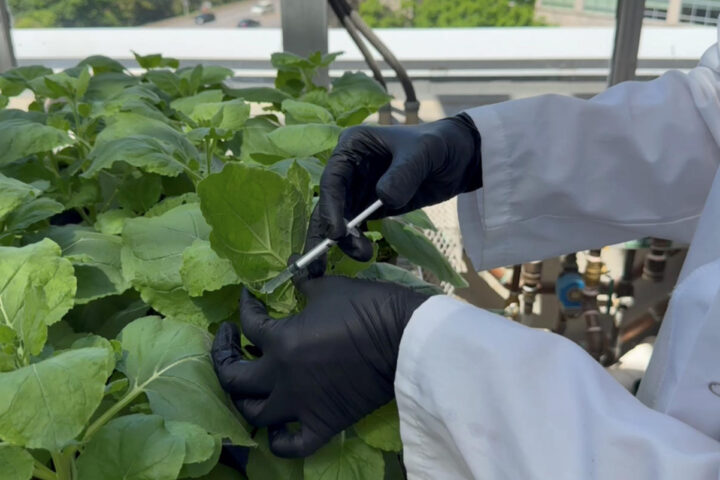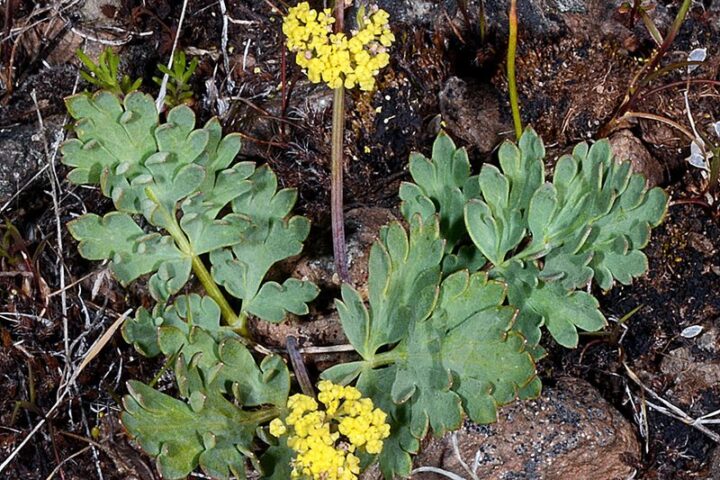Weighing an estimated 10 million pounds and stretching 5,000 miles wide, a giant seaweed blob has begun making landfall on Florida beaches. Called sargassum, the seaweed is leaving girthy, smelly clumps on some of Florida’s most popular beaches, and more is expected to arrive. Seaweed globs have been reported in Brevard County and Pensacola, in northern Florida, along the Gulf Coast.
A sargassum swarm was also spotted on the Galveston shore, and more could be on the way. Shelter and food are provided by the seaweed to over 100 different species, helping prevent coastal erosion. As two sargassum sources are along the Texas coast, it’s difficult to predict exactly how much seaweed could wash ashore.
A rotten stench is emitted by the seaweed, posing health risks to beachgoers. More than 13 million tons of Sargassum were spotted by scientists drifting in the Atlantic Ocean last month, a record for March. Thousands of miles are covered by the seaweed belt from the western coast of Africa to the Gulf of Mexico, and its patches are carried by ocean currents toward the Caribbean, eastern Florida, and elsewhere along the Gulf Coast.
A lot of seaweed could be pushed ashore by the right combination of ocean currents and wind conditions. Unusually large amounts of seaweed for this time of year have already been seen in some parts of the Florida Keys. An even stronger unpleasant odor and a significant impact could be experienced by the beachgoers due to the increased amounts of seaweed.
A smell often compared to rotten eggs is emitted as the seaweed decays. A new record for this time of year was created as the Great Atlantic Sargassum Belt contained about 13 million tons of seaweed by the end of March. The belt of seaweed is an omen of smelly, slimy beach days to come, and major beaching events are inevitable.
Similar Posts
Already, large masses of seaweed have washed ashore or been spotted by boaters just offshore in some places, including Boca Raton and Fort Lauderdale. Rashes are caused and toxic fumes are emitted due to the seaweed. There is more seaweed on the shores compared to previous years, according to the local people.
The large amount of seaweed could cause beach closures and lead to significant economic losses. The costs of the seaweed cleanup are expected to exceed $4 million per year in Miami-Dade County alone. According to experts, the seaweed bloom could be a sign of climate change and ocean health problems.
